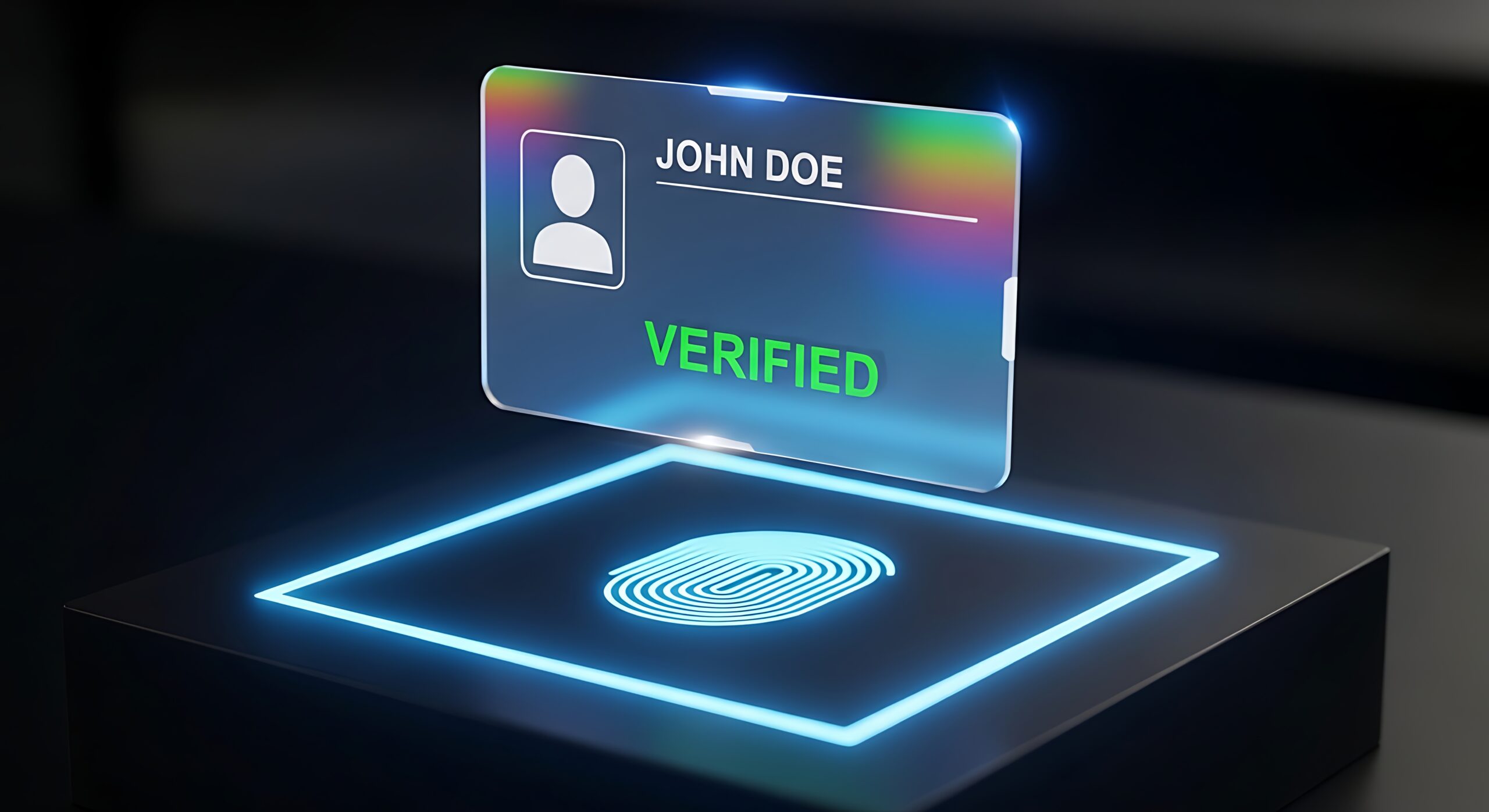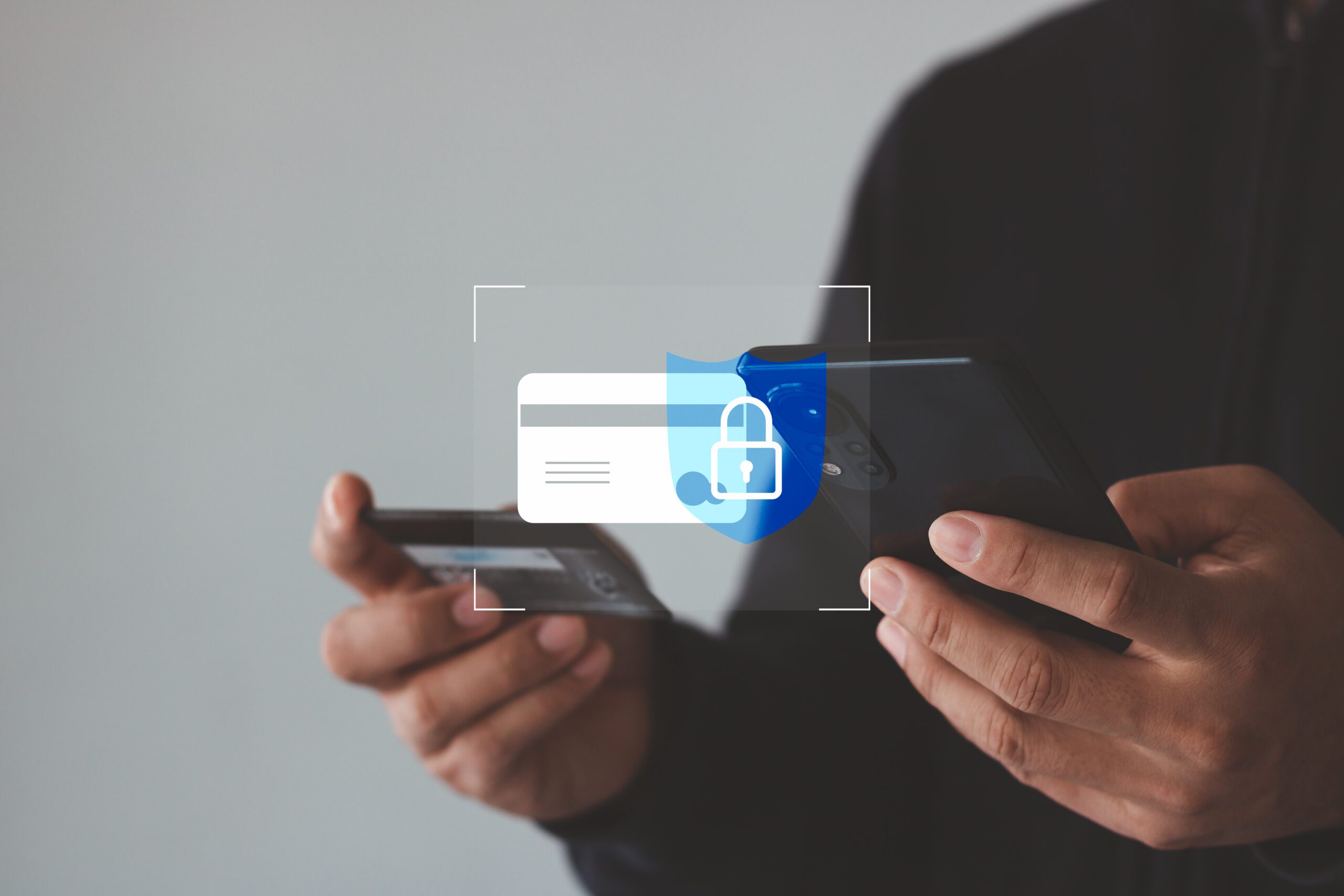How Digital Fingerprinting Defeats Simple Privacy Tools

Many users believe that VPNs, incognito browsing, or ad blockers conceal their online activity. They assume these tools erase their online history, hide their location, and prevent websites from tracking them. However, digital fingerprinting — also called electronic fingerprinting — makes that assumption outdated.
This technique captures hundreds of subtle data points from your device and browser settings, creating a unique identifier that can follow you across websites even if you change your IP address or clear cookies. It’s the online version of capturing fingerprints electronically — but instead of ink on a card, it’s your computer’s behavior being analyzed in real time.
What Is Digital Fingerprinting?
Digital fingerprinting (also known as browser fingerprinting or electronic fingerprinting) is a process that collects small, often invisible, data points from a user’s device to identify that individual with high accuracy.
Each browser — Chrome, Firefox, Safari, Edge, and others — reveals information about its configuration: screen size, operating system, installed fonts, extensions, language, time zone, device type, and more. Combined, these traits form a unique identifier that distinguishes one applicant or user from millions of others.
Think of it like the live scan systems the FBI or state agencies use for fingerprinting. Instead of rolling an ink impression on a card, a scanner collects your fingerprint images electronically. Similarly, digital fingerprinting collects your digital “impression” — not from your hand, but from your browser and device. Once captured, this data can be stored in files or databases to verify identity, detect fraud, or personalize services.
How Does the Fingerprinting Process Work?
The fingerprinting process generally includes two main methods: active and passive collection.
- Active fingerprinting involves running scripts or code that interact with your browser. For example, a website may use JavaScript to measure how quickly your screen redraws, your system fonts, or how your graphics card renders images.
- Passive fingerprinting occurs when data is quietly collected from network requests and browser headers — no visible interaction required.
This combination of techniques creates a detailed profile that persists even when you switch devices, update your browser, or use a VPN.
The result? A digital fingerprint that’s almost impossible to erase. In studies by the Electronic Frontier Foundation, fingerprints were found to be up to 99% unique. That means once your data points are captured, your online identity can be recognized anywhere — across YouTube, shopping pages, or government websites — regardless of how often you clear your cookies or change your settings.
Why VPNs and Incognito Modes Don’t Work
A VPN only hides your IP address, not the underlying traits of your device or browser. Even if your location changes, your fingerprint remains the same.
When you open Chrome or Firefox in incognito or private mode, the browser stops storing cookies and history — but it doesn’t alter how your device renders fonts, handles screen sizes, or reports plug-ins. Those characteristics stay constant.
This means websites can still track you, using your digital fingerprint as a stable ID. It’s as if a state department accepted an applicant’s fingerprints without requiring a name: the fingerprints alone are enough to identify the individual.
How Ad Blockers and Simple Tools Fall Short
Ad blockers, cookie blockers, and private browsers provide some convenience, but they can’t stop fingerprinting. The fingerprinting process uses built-in browser behaviors that can’t be easily hidden without breaking website functionality.
Even if you block every advertisement, the way your browser paints images, loads fonts, or executes code still reveals unique patterns. These subtle differences are captured automatically each time you visit a page.
Many customers think they are anonymous when a payment form shows no tracking cookies, but electronic fingerprinting can still link the device back to previous sessions. For advertisers and fraud prevention agencies, this is an advantage; for privacy-conscious users, it’s a significant concern.
What Data Is Collected?
During the fingerprinting process, websites may gather dozens or even hundreds of data points, including:
- Browser version and type (Chrome, Firefox, Safari)
- Device model, screen resolution, and display color depth
- Operating system and language preferences
- Installed fonts and plug-ins
- Time zone and location
- Page rendering speed and JavaScript execution order
- History of prior visits or settings
- Hardware capabilities, including GPU type
Each of these elements contributes to your fingerprint. When combined, they allow websites and agencies to uniquely identify your device — similar to how law enforcement agencies use fingerprints to verify identity on a passport, in a background check, or in an FBI record.
Why Companies and Agencies Use Digital Fingerprinting
The fingerprinting process is not always malicious. Many companies, sales platforms, and government agencies use digital fingerprinting to prevent fraud, authenticate customers, or ensure system security.
For example:
- Financial institutions use electronic fingerprinting to detect suspicious logins.
- E-commerce platforms track returning customers to prevent the use of stolen credit cards.
- Law enforcement agencies use live scan and fingerprint images to confirm an individual’s identity.
The issue arises when data is used without consent — when private firms or websites capture identifying details simply because a user opened a page. Without transparency or regulation, these files can become part of permanent profiles that users never agreed to create.
Privacy Risks of Digital Fingerprinting
Digital fingerprinting introduces serious risks to online security and personal privacy. Unlike cookies, which you can delete, your fingerprint is built into your device and browser. It changes only when your hardware, software, or settings change — often not enough to cause you to lose your unique identifier.
This means that over time, websites can build complete records of your habits: where you go, what you read, and when you visit. This level of persistent tracking can influence pricing, recommendations, and even search visibility.
For businesses and applicants, this also opens the door to fraud and tampering risks, as data collected by one department or company can be sold or repurposed by another without permission.
How to Protect Yourself
While it’s nearly impossible to be 100% anonymous, you can reduce how accurately your digital fingerprint is captured or used.
- Use privacy-focused browsers
- Disable unnecessary features
- Change your browser periodically
- Avoid logging in to personal accounts
- Use anti-fingerprinting extensions
- Stay updated
- Be mindful of free tools
These methods won’t eliminate fingerprinting, but they can reduce the accuracy of your unique identifier, making you harder to track.
The Future of Digital Fingerprinting
As debates over online security and privacy evolve, digital fingerprinting will remain a controversial yet widespread technique. Governments, advertisers, and agencies all see its value for identification — but without oversight, users lose autonomy over their data.
Emerging technologies may soon create new ways to anonymize electronic fingerprints, much as encryption protects financial transactions. But until such safeguards are widely adopted, individuals must remain skeptical and informed.
In the future, understanding your digital fingerprint could become as important as safeguarding your physical one. Both determine how the world sees you — and how easily you can be identified.
Final Thoughts
The next time you open Chrome, Firefox, or another browser, remember: every page you visit, every script you accept, and every setting you tweak becomes part of your digital fingerprint.
Protecting your data requires more than a VPN or private window — it demands awareness, control, and continuous vigilance. Whether you’re an applicant submitting a passport, a customer completing a payment, or a user simply watching YouTube, your fingerprints — physical or digital — tell a story. Make sure it’s one you control.





